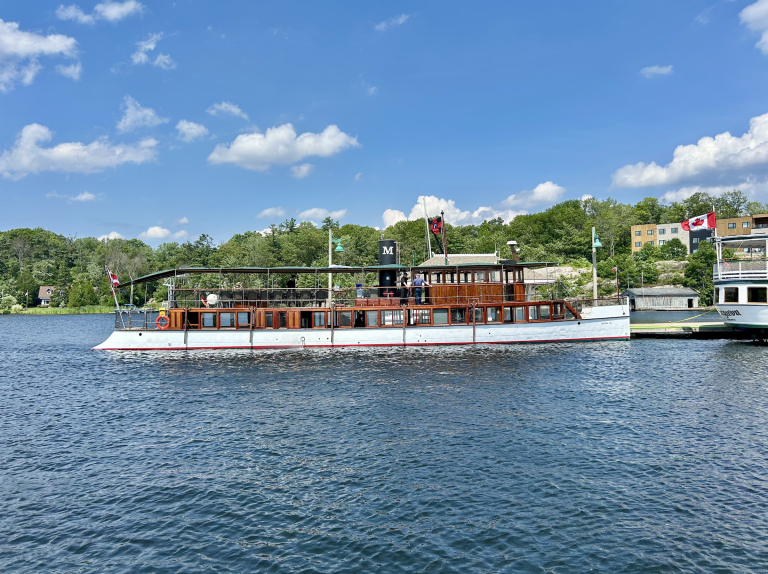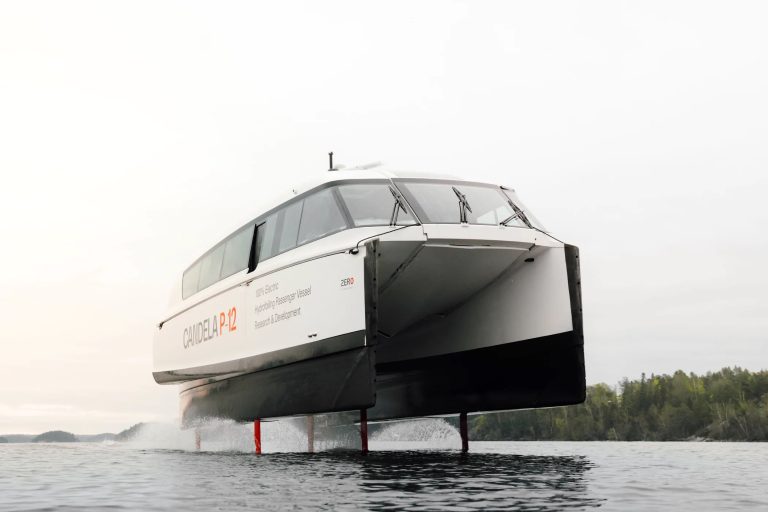Memorizing Starboard and Port Side
When you’re on a ship or a plane, you often hear the terms starboard and port. These nautical terms might initially seem confusing, but they’re easy to remember once you know the trick.
Port refers to the left side of the vessel when you’re facing the front (the bow). Starboard refers to the right side.
Why not just say left and right? Well, left and right can change depending on where you’re standing. Starboard and port never change, making communication clearer when you’re out at sea or in the air.
Here’s a quick way to remember:
- Port and left both have four letters.
- Starboard is longer, like “right”.
Ships and planes often use colored lights to indicate which side is which. Green lights mark the starboard (right) side, while red lights mark the port (left) side. This helps to avoid collisions, especially at night.
When you’re aboard, think of these terms as fixed directions. Whether you’re looking forward or backward, the port is always left, and the starboard is always right.
Here’s a small table for quick reference:
| Term | Side | Color |
|---|---|---|
| Port | Left | Red |
| Starboard | Right | Green |
Historical Origins and Terminology

From Old English to Modern Use
The term “starboard” has its roots in Old English. It comes from the words steor (meaning steer) and bord (meaning side of a boat). This is because the steering oar was traditionally placed on the right side of early ships.
Port, on the other hand, replaced the older term larboard. Larboard sounded too similar to starboard and caused confusion, especially during stressful situations at sea. So, in the early 19th century, port became the standard term for the left side of a ship. This term was chosen because boats docked at ports on the left side, allowing the steering oar on the right to remain free.
Nautical Language Evolution
The shift from larboard to port shows how practical needs shaped nautical terms. Sailors needed clear, distinct words to avoid misunderstandings that could lead to accidents.
Mariners also needed terms that wouldn’t change regardless of their orientation. While left and right can be confusing when someone turns around, starboard and port stay the same wherever you are on the vessel. This stability is crucial for safety and communication on ships.
These terms became standard not just for boats but for aircraft and even spacecraft, ensuring consistency across various modes of transport.
Physical Layout of Vessels
Understanding the physical layout of vessels is key to nautical terms. Ships are complex structures, and knowing their parts helps in navigation and safety.
Anatomy of a Ship
Ships have several main parts. The front part is the bow, and the back is the stern. When you move towards the stern, you are moving aft, and when you go towards the bow, you are moving fore.
The ship’s left side is called the port side, and the right side is called the starboard side. These terms help sailors communicate directions clearly. The centerline divides the vessel into its left and right halves.
Many ships also have decks, which are like floors in a building. There’s usually a main deck and more decks could be above and below it. Knowing these parts makes it easier to understand how ships work.
Symmetry and Sailing
A ship is typically symmetrical along its centerline. This symmetry means the left and right sides are mirror images. This balance is important for the ship’s stability and handling in the water.
For example, if you look at ballast placement, you’ll see it mirrored on both sides to keep the ship balanced. When a ship moves, having even weight on both sides avoids tipping over.
Symmetry also affects how a ship navigates through different sea conditions. Whether hitting waves head-on or at an angle, the balanced design helps the ship manage the water’s force more effectively.
Navigation and Safety

Navigating safely on the seas involves using specific lights and guidelines to avoid collisions and ensure the vessel’s smooth journey.
Lighting the Way
Every ship uses navigation lights to communicate its position and direction. These lights include a red light on the port side (left) and a green light on the starboard side (right). This color coding helps other vessels understand which direction a ship is heading.
Red and green lights are always visible from the front and sides of the ship. They prevent confusion and provide clear signals to other mariners, which is especially crucial when sailing at night or during poor visibility conditions.
For example, if you’re in another boat and see a red light on your right and a green light on your left, you’re looking at the front of another vessel approaching you. This simple system is a lifesaver in open waters.
Preventing Collisions
International regulations for preventing collisions at sea (COLREGs) set standards for navigation rules. These include rules on the right of way, required speeds, and the use of lights and signals.
Ships must follow these regulations carefully to avoid collisions. The COLREGs detail when a ship must yield, when it can proceed, and how to signal other vessels of its intentions. For instance, if two boats are on a collision course, the ship with the other on its starboard (right side) must give way.
Additionally, ships must maintain a proper lookout by sight and hearing, monitor their speed to avoid risks and take immediate action when a risk of collision is detected. This involves using lights, signals, and even changing course or speed.
Taking these precautions helps in ensuring not just your safety but the safety of everyone at sea.
Operational Procedures

When working on a ship, it’s crucial to understand the operational procedures for loading and docking, as well as how to communicate effectively at sea.
Loading and Docking
Docking a ship requires precision and coordination. The captain steers the vessel towards the dock, using the rudder to navigate. Sailors play an essential role by securing the ship’s lines and ensuring they are stable and positioned correctly.
The loading side, which can be either port or starboard, is predetermined based on the dock’s layout and the ship’s design. It’s important to note which side will be used for loading to streamline the process.
Efficient loading procedures help prevent delays and maintain balance within the vessel. This involves organizing cargo strategically to ensure even weight distribution and securing items properly to avoid shifting during transit.
During this process, communication between the crew members is constant, with specific terminology and signals used to ensure clarity and safety.
Communication at Sea
Effective communication at sea is vital for navigation and safety. The captain and crew must constantly relay information regarding the ship’s position, speed, and course. They use specific terms like port and starboard to avoid confusion.
Radios and other communication devices are used to stay in touch with other ships and harbor authorities.
Each crew member has a role, and clear communication ensures they all know what to do in any situation.
For instance, if a ship needs to maneuver or change course, the captain will use precise instructions like, “Turn to port,” which means to steer the ship’s rudder towards the left.
Maintaining clear and direct communication allows everyone to react swiftly and accurately, keeping operations running smoothly and safely.
Frequently Asked Questions
Knowing the difference between port and starboard is important when navigating a ship. This guide covers common questions about these nautical terms.
How can you distinguish the port side from the starboard side on a ship?
Port is the left side, and starboard is the right side when facing the bow (the front). A helpful way to remember this is that both “port” and “left” are four-letter words. Easy, right?
Is there a mnemonic to help remember which side is starboard and which is port?
Yes! “Port” and “left” both have four letters, and “starboard” and “right” don’t. Another trick is that port wine is red, and red lights mark the port side at night.
What’s the main difference between port and starboard regarding boats or ships?
Port and starboard are fixed directions on a ship, not dependent on the person’s orientation. This helps avoid confusion. Ships use red lights on the port side and green lights on the starboard side for easy navigation.
What historical reasons exist for the terms ‘port’ and ‘starboard’?
The term “starboard” comes from Old English “steorbord.” It means the side on which the ship is steered. Historically, ships were steered with a steering oar on the right side.
“Port” replaced “larboard,” which sounded too much like “starboard.” Port was chosen because ships docked on the left side to avoid the steering oar.
Can you list the names of all four sides of a ship?
Sure! They are:
- Port: Left side when facing the bow.
- Starboard: Right side when facing the bow.
- Bow: Front of the ship.
- Stern: Back of the ship.







